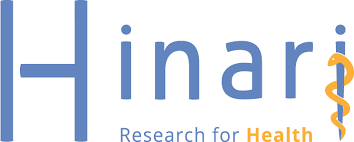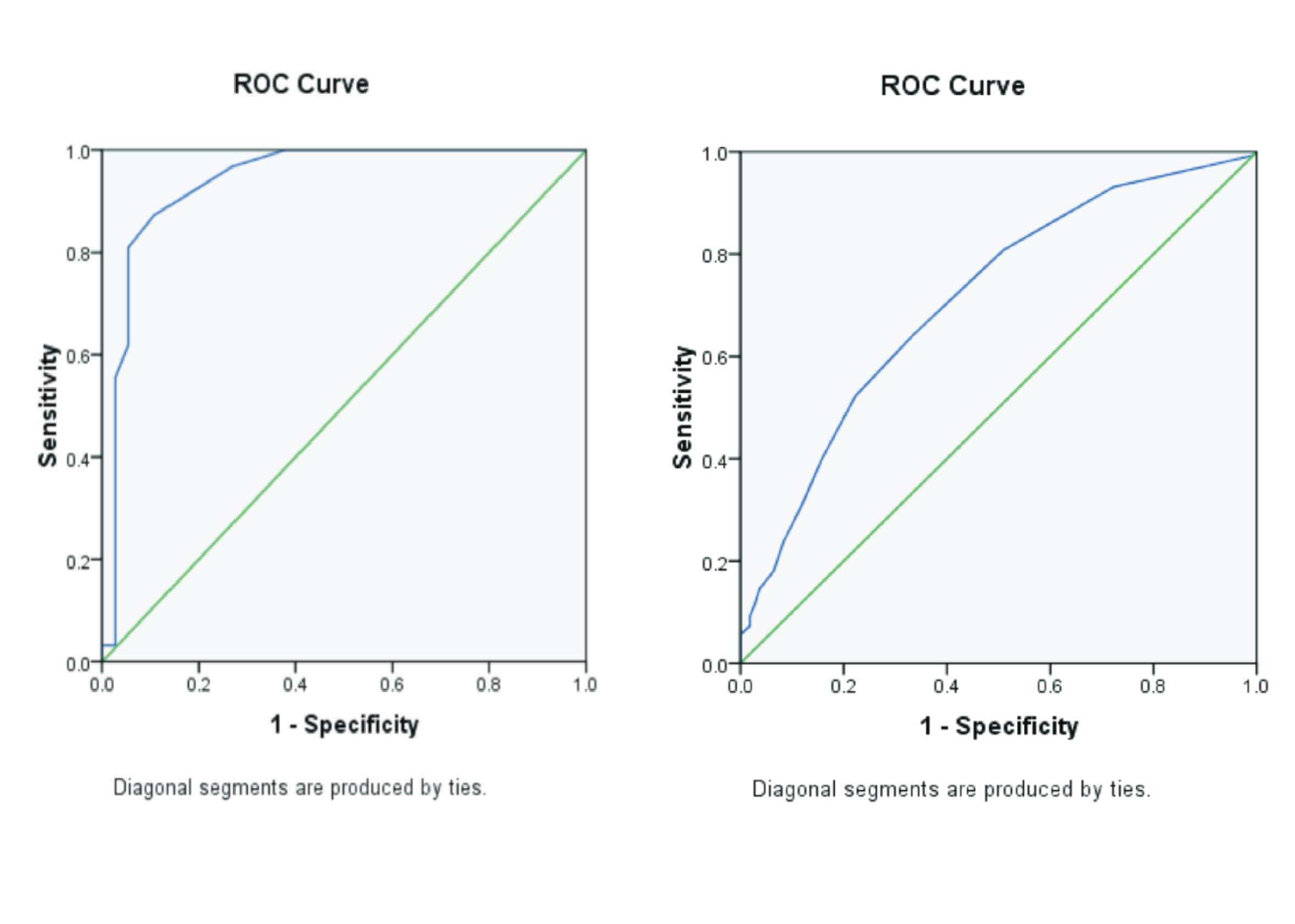MAKING DIAGNOSTIC WAX UP OF MAXILLARY ANTERIOR TEETH IN CROSS BITE CASES

Background: An anterior crossbite is a type of malocclusion in which one or more maxillary anterior teeth are positioned lingually to the mandibular anterior teeth, compromising aesthetics and reducing patient confidence. A thorough understanding of the patient's chief complaint is essential for developing an effective treatment plan. A diagnostic wax-up is recommended to improve predictability and facilitate the modification of maxillary and mandibular relationship ultimately enhancing aesthetic outcome. Purpose: To describe the procedure for creating a diagnostic wax-up of the maxillary anterior teeth in an anterior crossbite case for aesthetic purposes. Case analysis: Maxillary and mandibular working models were received, showing an anterior reverse bite malocclusion, with an overjet of -3 mm and an overbite of 2 mm. The dentist requested a diagnostic wax-up of the maxillary anterior teeth to achieve optimal aesthetic results. Result: The master model was received, marked, occluded, and mounted on an articulator. Wax was then applied and shaped to refine the anatomy of tooth 21, with the point and line angles adjusted toward the center to create a smaller appearance while carefully considering the height and convexity. Wax restorations were made covering 6 anterior teeth from maxillary left canine to maxillary right canines with the occlusal relationships adjusted to approximate a normal appearance. Conclusion: The diagnostic wax-up procedure involves preparing the working models, establishing the median line, mounting the models on an articulator, and sequentially waxing teeth numbers 11 and 21 first, followed by teeth 12 and 22, and finally teeth 13 and 23. The overjet is increased to achieve a more normal maxillomandibular occlusion, followed by careful evaluation.
Introduction
Anterior crossbite is a condition in which one or more maxillary anterior teeth are positioned on the lingual side of the mandibular anterior teeth, resulting in a negative overjet when the jaw is in a centric relationship. Anterior crossbite can affects smile esthetics(Nasir et al., 2021). Anterior crossbite, often observed as a key feature of Class III malocclusion, reflects a developmental anomaly marked by a mesial molar relationship. This condition typically arises from a complex interplay of genetic predisposition and environmental influences during a child’s growth and development(Amudala et al., 2023). The presence of malocclusion also leads to psychological effects on patients(Taibah & Al-Hummayani, 2017).
Anterior crossbites can result from one or a combination of several etiologic factors(Lina et al., 2017). These factors include palatally erupting maxillary anterior teeth, over-retained deciduous tooth or root, presence of supernumerary teeth or any periapical pathology(Kumar et al., 2016). Other etiologies include trauma in anterior primary teeth resulting in displacement of the permanent tooth seeds lingually, premature loss of primary teeth resulting in bone sclerosis or fibrous connective tissue, bad habits, and an inadequate arch length due to eruption of the maxillary permanent teeth lingually. Crossbites can also be caused by ectopic eruption or a displaced tooth position, such as buccal displacement in the mandible or palatal displacement in the maxilla(Truong et al., 2023). The prevalence of anterior crossbite varies significantly among and within populations, with studies reporting rates of 2.14% in Brazil and 6.25% in Saudi Arabia .
The aesthetic success of dental restorations relies on the ability to clearly understand the patient's chief complaint and expectations. Restorations can be an option to significantly improve and enhance aesthetics, especially by affecting the contour, dental arch, and occlusion that was originally less aesthetic. Occlusion is crucial for the long-term success of dental restorations by ensuring stability, durability, and functional harmony. Proper occlusion during the provisional phase minimizes postoperative adjustments and improves long-term results(Aldowish et al., 2024).
The case presented was an anterior cross bite with an overjet of - 3 mm and overbite of 2 mm. Illustrating the results of restoration modification before placing definitive restorations is essential to prevent patient’s disappointment and unnecessary remakes. A diagnostic wax-up is one of the pre-restorative procedures that illustrating the results of restoration modification before placing definitive restorations is essential to prevent patient’s disappointment and unnecessary remakes. In addition, a diagnostic wax-up provides valuable information by estimating the available restoration space, setting occlusion, and defining the dental arch, thereby allowing for thorough evaluation of the proposed restoration. The tooth to be restored is shaped using a wax inlay, while the natural and other teeth act as guides. In addition, a diagnostic wax-up provides valuable information by estimating the available restoration space, setting occlusion, and defining the dental arch, thereby allowing for thorough evaluation of the proposed restoration, waxed-up serve as a valuable tool for analyzing potential treatment outcomes and enable the precise fabrication of mock-ups for restorations within the patient's oral cavity(Ho, 2015). Then, the results of the diagnostic wax-up are used as a communication tool between dental office and dental laboratory and, implicitly, between the dentist and the dental technician(Drafta et al., 2022).
Modification of the natural teeth can be achieved by designing the restoration into a near-normal relationship. In this case, the maxillary and mandibular anterior teeth are positioned edge-to-edge because the distance is too large to allow for a normal occlusion. Through diagnostic wax-up, the dental technician can provide a tentative visual outcome for patient evaluation(Warner, 2017).Therefore, the purpose of this report is to describe the procedure for creating a diagnostic wax-up of maxillary anterior teeth in crossbite cases, serving as a means of communication between dentists, patients, and technicians to achieve optimal functional and aesthetic restorations.
Case study
Based on the study models can be seen inFigure 1and the dental technician's work order letter, a set of type III gypsum casts from a female patient with anterior crossbite was received. The maxillary anterior teeth exhibited excessive lingual inclination relative to the mandibular teeth, with an overjet of -3 mm, an overbite of 2 mm, and a midline deviation of 2 mm to the left. The technician was instructed to perform a diagnostic wax-up of the maxillary anterior region, to simulate ideal tooth relationships thereby improving) function and esthetics. The material used was inlay wax (Renfert, Germany).
Figure 1.Appliance design
Result
The diagnostic wax-up procedure in anterior cross bite cases, begins with carefully reading and interpreting the work order letter to minimize potential errors, during the subsequent work process. In this case, the work order letter specified that the working model presented an anterior crossbite, and the dentist requested a diagnostic wax-up to assist in designing the final restoration. The restoration is intended to correct the crossbite, ensuring that the relationship between the upper and lower anterior teeth appears as normal as possible.
The manufacturing stage, began with the receipt of the master model of the upper and lower jaws. After the median line was drawn, the model was occluded and secured with a stick and sticky wax and then mounted in the articulator. The horizontal pin was positioned at the contact points of the mandibular incisors, and the vertical pin was adjusted to touch the articulator table. Mounting on
Abdalla, Rowinda, 2018. Waxing for Dental Students, 1 st Edition. ed. Quintessence Publishing Co, Inc, USA.
Abduo, J., Lau, D., 2022. Proximal Contact Loss Between Implant Prostheses and Adjacent Natural Teeth: A Qualitative Systematic Review of Prevalence, Influencing Factors, and Implications. Heliyon Vol. 8(8), Pp. e10064.
Abu Zaghlan, R., Aqrabawi, J., Al-Fatyan, O., Abuzaghllan, B., 2021. Dental Articulators: A Review. Journal of International Dental and Medical Research Vol. 14(4), Pp. 1629-1638.
Aldowish, A.F., Alsubaie, M.N., Alabdulrazzaq, S.S., Alsaykhan, D.B., Alamri, A.K., Alhatem, L.M., Algoufi, J.F., Alayed, S.S., Aljadani, S.S.,
Alashjai, A.M., Alamari, A.S., 2024. Occlusion and Its Role in the Long-Term Success of Dental Restorations: A Literature Review. Cureus Vol. 16(11), Pp. e73195.
Amudala, N., Sandeep, K., Martha, S., Athyala, A., 2023. Exploring Management Techniques for Crossbite Correction: A Case Series Demonstrating Successful Treatment Strategies. Journal of Research in Medical and Dental Science Vol. 10(4), Pp. 68-74.
Cho, J.-H., Kim, S.-H., Lee, J.-B., Yoon, H.-I., 2023. Virtual Design Considerations for Fixed Dental Prosthesis including Axial Contour and Proximal Contact to Maintain Periodontal Health and Physiologic Function: A Narrative Review. Journal of Korean Dental Science Vol. 16(2), Pp. 105-114.
Drafta, S., Perieanu, V., Costea, Radu, Eftene, O., Burlibasa, M., Manea, R., Caministeanu, F., Carabela, M., Neagoe, I.-C., Costea, Raluca, Maru, N., 2022. Diagnostic Wax-Up - An Extremely Important Method of Communication between The Dental Office and The Dental Laboratory. Romanian Journal of Medical Practice Vol. 17(2), Pp. 66-71.
Duarte, S., 2022. Quintessence of Dental Technology 2021/2022, 1 st Edition. ed. USA.
Farahani, A., Jafari, K., Hemmati, A., Naghizadeh, A., Nemati, R., Farahani, M.H., 2019. Assessment of The Relationship Between Facial and Dental Midlines with Anatomical Landmarks of The Face and Oral Cavity. Turkish Journal of Orthodontics Vol. 32(4), Pp. 200-206.
Furuse, A.Y., Baratto, S.S.P., Spina, D.R.F., Correr, G.M., da Cunha, L.F., Gonzaga, C.C., 2016. Planning Extensive Esthetic Restorations for Anterior Teeth: Use of Waxed-Up Study Casts and Composite Resin Mock-Ups. General Dentistry Vol. 64(1), Pp. e6-9.
Ho, C., 2015. Chapter 7 - Clinical Techniques: Assessment and Minimal Intervention. In: Wilson, N.H.F., Millar, B.J. (Eds.), Principles and Practice of Esthetic Dentistry. Mosby, Pp. 165–191.
Kaddah, A.F., 2021. Prosthetic Problems and Possible Solutions in Setting-Up of Teeth for Skeletal Class I, II and Clas III Arch Relationship for Completely Edentulous Patient.
Kumar, N., Kumari, R., 2024. Anterior Crossbite Correction in Mixed Dentition using A Simple Appliance: A Case Series. Journal of Research in Dental and Maxillofacial Sciences Vol. 9(2), Pp. 124-128.
Kumar, S., Roy, A.S., Chandna, A.K., Garg, A., Chaudhary, U.K., 2016. Crossbite: An Orthodontic Exigency. Journal of Clinical and Diagnostic Research: JCDR Vol. 10(9), Pp. ZJ09-ZJ10.
Lina, Dipoyono, H.M., Tjahjanti, M.T.E., Indrastuti, M., 2017. Penatalaksanaan Last Tooth in The Arch Syndrome menggunakan Triple Tray Technique. Majalah Kedokteran Gigi Klinik (MKGK) Vol. 3(1), Pp. 1-8.
Lira, A., Fonseca, G., 2019. Anterior Crossbite Malocclusion. Brazilian Journal of Oral Sciences Vol. 18, Pp. e191502.
Nasir, M., Mansjur, K.Q., Himayanti, T., 2021. Correction of Anterior Crossbite with Inclined Bite Plane: A Literature Review. Makassar Dental Journal Vol. 10(3), Pp. 241-245.
Niraula, N., Acharya, R., Humagain, M., Khurshid, Z., Adanir, N., Rokaya, D., 2021. Dental-Facial Midline: An Esthetic Based Classification. The Open Dentistry Journal Vol. 15, 405–409.
Okorie, P.C., Emaimo, J., Aleke, C.O., Okoronkwo, S.C., 2019. Production of Dental Inlay Wax Using Locally Sourced Materials in Enugu, Nigeria. The Journal of Dental Medicine Vol. 5(1), Pp. 1-8.
Rahma, Q., Kurniawan, F., Dewi, R., Sari, G., Nurrahman, T., 2023. Comparison of Facial Aesthetics Perception in Preclinical and Clinical Students of The Faculty of Dentistry, Lambung Mangkurat University. Journal of Indonesian Dental Association Vol. 6(2), Pp. 99-104.
Rosenstiel, S.F., Land, M.F., 2015. Contemporary Fixed Prosthodontics, 5 th Edition. ed. Elseiver - Mosby.
Singh, R., Pandey, S., Sushobhana, Passey, J., 2015. Sexual Dimorphism in Adult Human Mandible of North Indian Origin. Forensic Medicine and Anatomy Research Vol. 3(3), Pp. 82-88.
Taibah, S., Al-Hummayani, F., 2017. Effect of Malocclusion on The Self-Esteem of Adolescents. Journal of Orthodontic Science Vol. 6(4), Pp. 123-128.
Thirunavukkarasu, R., Sriram, G., Satish, R., 2015. The Orthodontic Management of Ectopic Canine. Journal of Pharmacy & Bioallied Sciences Vol. 7(Suppl 2), Pp. S749-S751.
Truong, V.M., Kim, S., Yi, Y.-J., Park, Y.-S., 2023. Food Impaction in Dentistry: Revisited. Oral Health & Preventive Dentistry Vol. 21, Pp. 229-242.
Tzanakakis, E.-G.C., Tzoutzas, I.G., Koidis, P.T., 2016. Is There A Potential for Durable Adhesion to Zirconia Restorations? A Systematic Review. The Journal of Prosthetic Dentistry Vol. 115(1), Pp. 9-19.
Villalobos-Tinoco, J., Jurado, C.A., Rojas-Rueda, S., Fischer, N.G., 2022. Additive Wax-Up and Diagnostic Mockup as Driving Tools for Minimally Invasive Veneer Preparations. Cureus Vol. 14(7), Pp. e27402.
Warner, B., 2017. Zirconia Bridges: Know When to Select Zirconia for A Bridge. DDS Lab Dental Technology
Copyright (c) 2025 Journal of Vocational Health Studies

This work is licensed under a Creative Commons Attribution-NonCommercial-ShareAlike 4.0 International License.
- The authors agree to transfer the transfer copyright of the article to the Journal of Vocational Health Studies (JVHS) effective if and when the paper is accepted for publication.
- Legal formal aspect of journal publication accessibility refers to Creative Commons Attribution-NonCommercial-ShareAlike (CC BY-NC-SA), implies that publication can be used for non-commercial purposes in its original form.
- Every publications (printed/electronic) are open access for educational purposes, research, and library. Other that the aims mentioned above, editorial board is not responsible for copyright violation.
Journal of Vocational Health Studies is licensed under a Creative Commons Attribution-NonCommercial-ShareAlike 4.0 International License














































